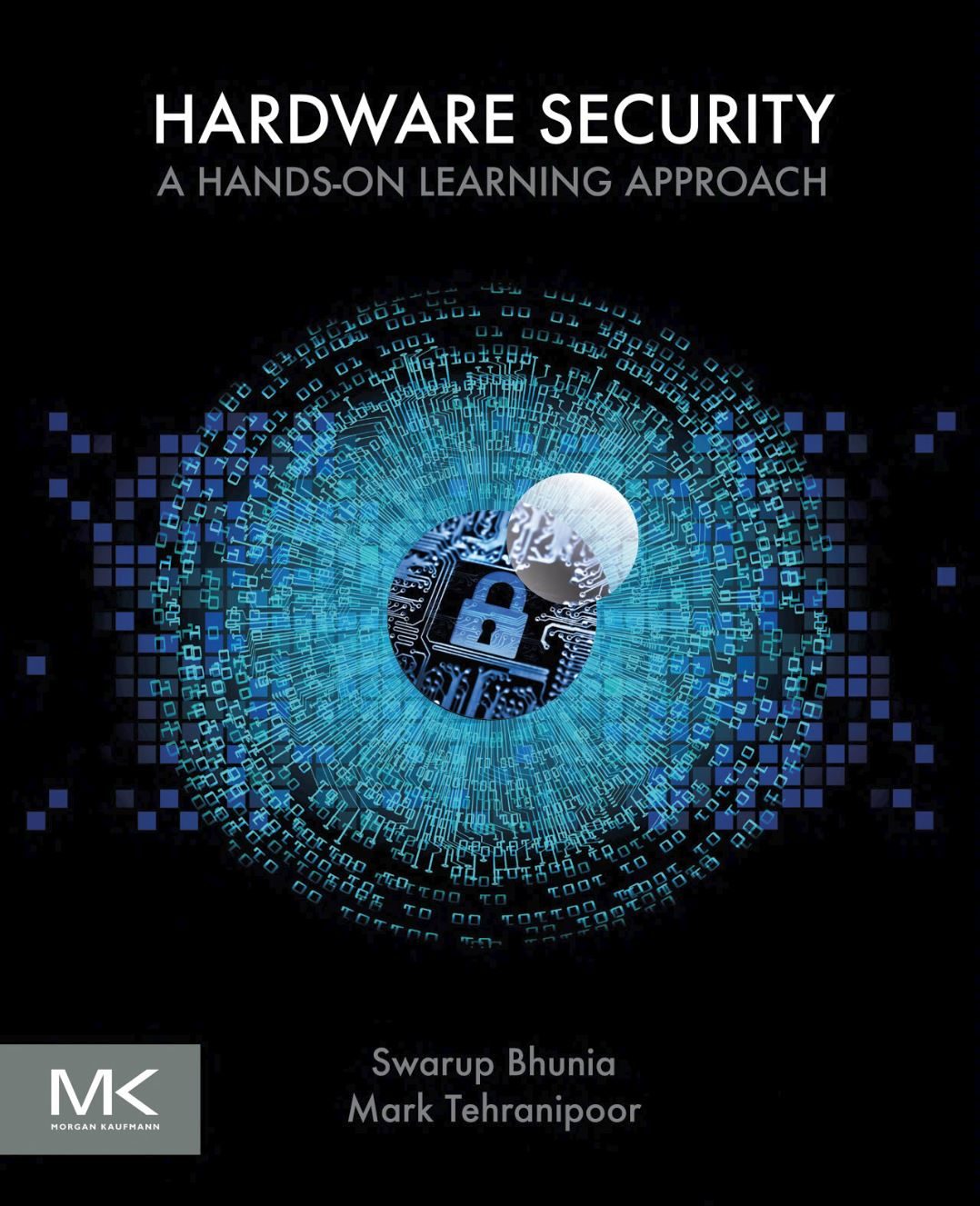
This book covers basic concepts like advanced attack techniques and countermeasures that are illustrated through theory, case studies and well-designed, hands-on laboratory exercises for each key concept. The book is ideal as a textbook for upper-level undergraduate students studying computer engineering, computer sciences, electrical engineering, and biomedical engineering, but is also a handy reference for graduate students, researchers and industry professionals. For academic courses, the book contains a robust suite of teaching ancillaries.
Users will be able to access schematic, layout and design files for a printed circuit board for hardware hacking (HaHa board) that can be used by instructors to fabricate boards, a suite of videos that demonstrate different hardware vulnerabilities, hardware attacks and countermeasures, and a detailed description and user manual for companion materials.
Key features of this book are:
- Provides a thorough overview of computer hardware, including the fundamentals of computer systems and the implications of security risks.
- Includes discussion of the liability, safety and privacy implications of hardware and software security and interaction.
- Gives insights on a wide range of security, trust issues and emerging attacks and protection mechanisms in the electronic hardware lifecycle, from design, fabrication, test, and distribution, straight through to supply chain and deployment in the field.
